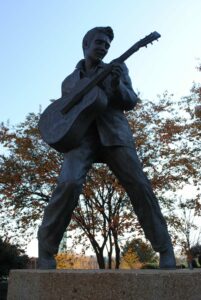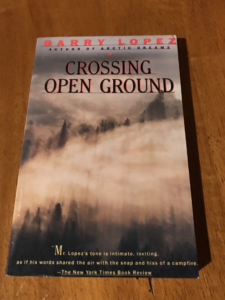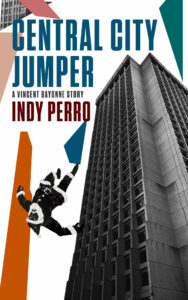How do we experience the difference between the map and the territory?
A friend recently told me that he wanted to take a map, get lost, and use the map to discover where he was and what surrounded him. The conversation began with a comparison of our experiences as delivery drivers a decade apart, he in the age of smart phones and I in the years before, when food delivery in a city required knowing the city, knowing the names of the streets, which streets were one-way and which weren’t, and knowing shortcuts to get across town.
I didn’t quite understand his desire to get lost. I had three maps in my rig as we spoke. I get lost all the time, and only when in a hurry, wherein I try to never be, do I resort to a device to tell me where to go.
I needed to take a beat and listen to my friend, to see the conversation from his perspective and to understand the lament at the heart of his perspective. In doing so, I needed to question my own biases.
I generally use (what I call) street sense to make my way through a city.
Street sense is the ability to perceive how a city will change block by block based on zoning laws and common practices in city planning. This approach is much more effective the farther West one travels from the Atlantic coast, farther from cities whose central design predates the automobile.
Every city is zoned in a similar way. Residential areas are built around commercial areas. Industry sits on the outside or in the corners. If you look at the city and the ways the buildings change, you can see where the zoning gives way. If you’re looking for a store, you can feel when you’re getting closer to a commercial area.
The landscape functions similarly. Foothills build to mountains, which give way to canyons and valleys carved by water. You can look at a landscape and see the direction inherent in the terrain.
Word to the wise: this doesn’t always work.
Anyone who takes this approach needs to be comfortable with the discomfort of being lost.
Landscapes shift unexpectedly, either due to nature’s natural deviance or humanity’s influence. The landscape may affect the cityscape, provide natural boundaries, or disrupt a plan, and stores may be closed, boarded up, or simply not exist. And, of course, cities don’t always form to plan.
Many an idiot, in an attempt to control the flow, paved paradise to build a road to nowhere.
We can’t control our surroundings. To whatever degree we privilege a feeling of security, we lose our sensitivity.
Isn’t that my friend’s implied lament? He wanted to develop sensitivity, to develop a feel for the world around him and, as a consequence, a feeling for his place in the world.
He had no sense of how cities or landscapes flow. He’d worked as a delivery driver and never learned to engage his surroundings, to learn to interpret. He wanted to be in relationship but felt, perhaps subconsciously, that the time relationship takes is an inconvenience or a luxury.





